Yes, is the simplest answer to the question of whether Bonsai fruit trees are real. Let us explore some more about bonsai trees, their fruit-producing ability, if they are safe to consume, and some of the most popular types of bonsai trees, just in case you want to grow one at your house.
What are Bonsai Trees?

A bonsai tree is nothing but an herb-sized tree that can be grown in a pot, and it has all the characteristics that a typical tree in your yard would have except its size, of course.
You can say that a bonsai tree is a mini version of a tree we normally see; genetically, they are not dwarfing. Techniques like pruning, root reduction, potting, defoliation, and grafting are used to produce bonsai trees as they look exactly like full-grown trees.
Bonsai trees are deemed Japanese art and their origin dates to the 6th century.
Since they are in practice, you can find ready-made seeds to grow a bonsai tree, no need for any tiring process, just needed care and following instructions will allow you to grow a bonsai tree inside your home effortlessly.
Do several people wonder if the bonsai trees also grow fruit, flowers, etc., on them as other trees do? Keep reading for the answer.
Can Bonsai Trees Produce Fruits?
When we think about trees growing fruits, we visualize huge trees in the open fields, tall hanging fruits. Trees that grow fruits are huge, and they need a decent proportion of area for that.
But if you ever wished to casually sit on your garden chair and pick the fruit that is hanging right beside you that you can pluck even without standing up, then say thanks to the Bonsai tree because they cannot!
Certain bonsai trees that have fruit-producing DNA are capable of growing tasty, mouth-watering fruits.
The size of the fruit is usually proportionate to the size of the tree, not very big or heavy that can pull down the branches, but the size is accordingly fit to the tree. The fruit grown on a bonsai tree might be smaller than the fruit grown on a regular tree, but there is no compromise in taste. You either get the exact taste or maybe better. Who knows.
Are Bonsai Tree Fruits Safe to Eat?
Yes! They are edible and safe to eat, and it would be hard for you to differentiate between a normal-sized tree fruit and bonsai tree fruit if they were put together for you. The bonsai tree is grown in a pot or container instead of the ground, which will not affect its ability to produce fruits
Usually, people think bonsai trees can only produce beautiful and gorgeous flowers. Still, given the right care, fertilizers, sunlight, etc., will help you grow almost any type of bonsai tree, including bonsai fruit trees. There are various bonsai fruit trees. Let us look at some of the most popular ones.
Bonsai Fruit Trees
Bonsai tree fruits come in a couple of varieties. They either grow full-sized normal fruits with smaller branches and leaves of the tree or naturally small-sized fruits, suiting the natural appearance of the bonsai tree itself.
Crab-apple Bonsai Tree

In the above image, you can see a bonsai tree of crab-apple. They are different from the normal apple tree we encounter.
These crab apples are small, grow quickly, and taste great. Varieties like Calloway, carmine, Siberian, harvest gold, Nagasaki, etc. of crab-apple can be tried too.
Bonsai Apple Tree

Here, we have got a bonsai tree that grows normal size apples. They look and taste the same as that of apples available in the market.
Bonsai apple trees can give you that too, all you would require is patience and maintenance, as these apples can take years to pop up on the branch.
While other bonsai fruit trees like citrus fruits, figs, berries, olive, pomegranate, etc., can also be grown with hard work and patience.

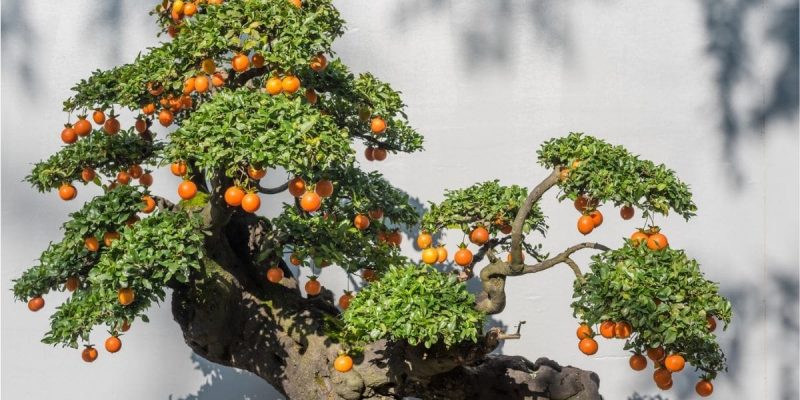



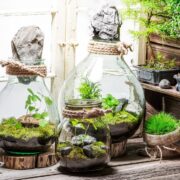
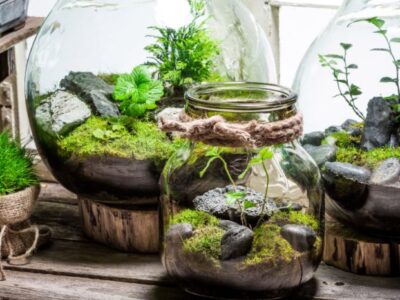

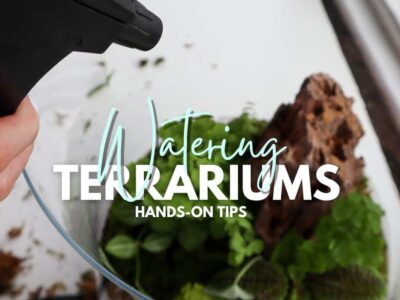
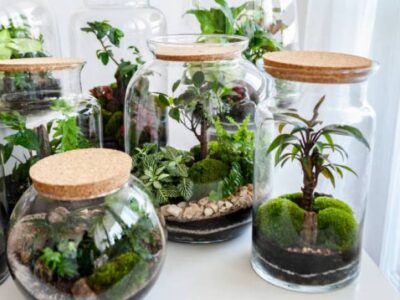
Comments